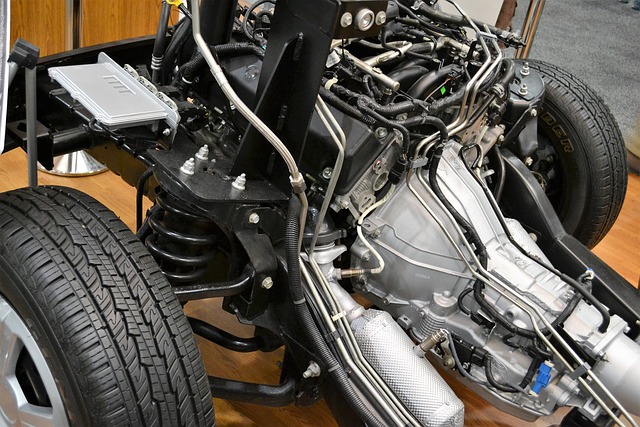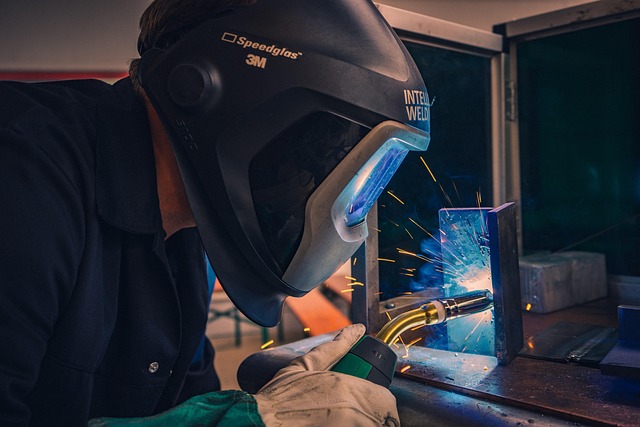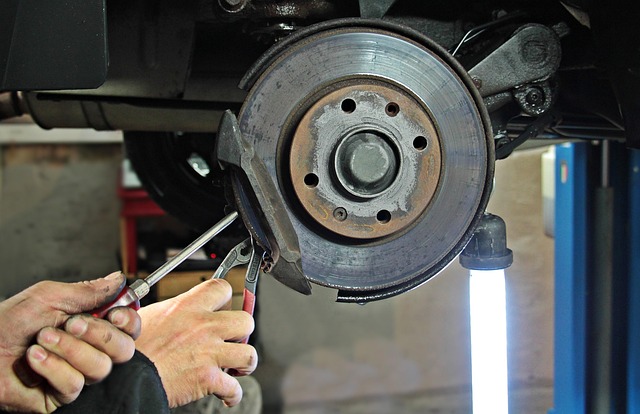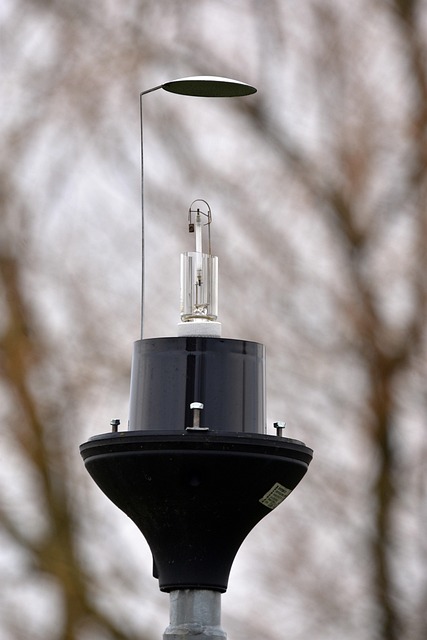Tesla's Battery Protection Systems (BPS) are essential for the safety and longevity of their electric vehicles, monitoring and protecting against damage from collisions or external factors through real-time parameter tracking. Accurate diagnosis of BPS issues requires visual inspections and advanced tools to monitor voltage, current, resistance, and temperature. Repairs involve meticulous procedures from inspection to component replacement, using genuine Tesla parts for optimal results and environmental sustainability. For reliable Tesla battery protection repair, certified collision centers specializing in electric vehicles are recommended.
In today’s electric vehicle landscape, proper Tesla battery protection repair is paramount for maintaining optimal performance and extending battery life. This comprehensive guide delves into the intricate world of Tesla battery protection systems, equipping owners with the knowledge to diagnose and address common issues effectively. From understanding the fundamental mechanisms to implementing best practices during the repair process, we empower folks to navigate the intricacies of their vehicle’s power source, ensuring a seamless and efficient experience.
- Understanding Tesla Battery Protection Systems
- Diagnosing and Identifying Battery Issues
- Repair Process and Best Practices
Understanding Tesla Battery Protection Systems

Tesla Battery Protection Systems (BPS) are designed to safeguard the vehicle’s high-voltage battery pack from potential damage caused by accidents or external factors. These systems play a crucial role in ensuring the safety and longevity of Tesla vehicles, which rely heavily on electric powertrains. The BPS incorporates advanced sensors and circuitry that monitor various parameters like temperature, voltage, and current.
In the event of a collision or unusual activity, these systems activate protective measures to prevent short circuits, overcharging, or any form of internal damage to the battery pack. Understanding how Tesla’s battery protection works is essential when dealing with repairs, especially in cases where the BPS needs calibration or replacement after a car damage repair. Collision repair services specializing in electric vehicles should be well-versed in these systems to provide accurate and safe Tesla battery protection repair.
Diagnosing and Identifying Battery Issues

Diagnosing Tesla battery protection issues is a meticulous process that involves careful inspection and advanced diagnostic tools. The first step is to identify any physical damage to the battery pack, which could be a result of a car collision repair or paintless dent repair. Visual inspect for dents, cracks, or leaks in the battery compartment and surrounding area. These visible signs can indicate structural integrity problems, enabling you to rule out certain causes before delving further.
Next, employ advanced diagnostic procedures to pinpoint specific issues within the battery system. Utilize specialized equipment to monitor voltage levels across different cells, measure current flow, and check for any unusual resistance or temperature readings. By analyzing these data points, you can identify failing battery cells, faulty connectors, or damage to the protective circuitry – all crucial elements in ensuring a proper Tesla battery protection repair.
Repair Process and Best Practices

The Tesla battery protection repair process involves several critical steps to ensure the safety and effectiveness of your vehicle’s crucial energy source. It begins with a thorough inspection to identify any damage, corrosion, or signs of wear on the battery housing and surrounding components. This meticulous evaluation is essential in pinpointing the exact nature of the issue. Once identified, the repair can range from simple cleaning and replacement of faulty parts to more complex procedures, such as structural repairs or even battery component swaps.
Adhering to best practices during this process guarantees optimal results and longevity for your Tesla’s battery system. These include using only genuine replacement parts designed by Tesla to maintain original specifications. Additionally, proper disposal methods should be employed for any damaged or removed components, aligning with environmental sustainability goals. Trusting the expertise of a certified collision center or auto body restoration shop specializing in electric vehicle repairs can provide peace of mind, ensuring your Tesla receives the skilled care it deserves.
In conclusion, handling Tesla battery protection repair requires a thorough understanding of the system, meticulous diagnosis, and adherence to best practices for effective and safe repairs. By mastering these steps, you’ll ensure your Tesla’s battery protection remains robust, maximizing its performance and longevity. Remember, proper care and timely intervention are key to navigating any potential issues that may arise with this cutting-edge technology.














